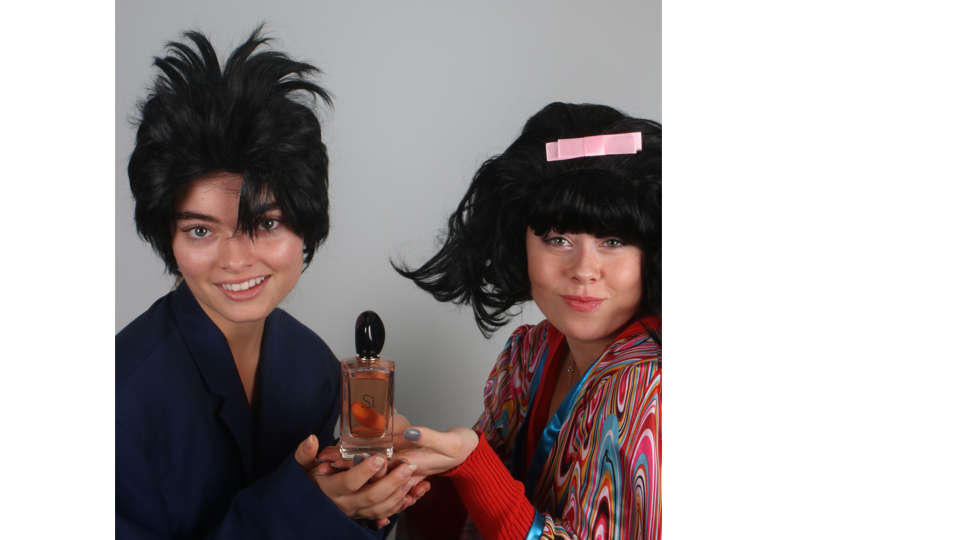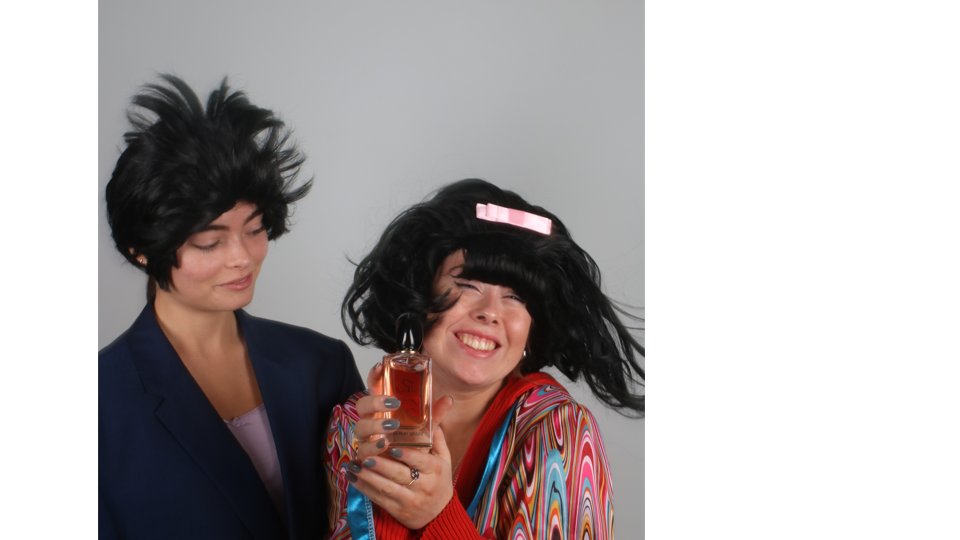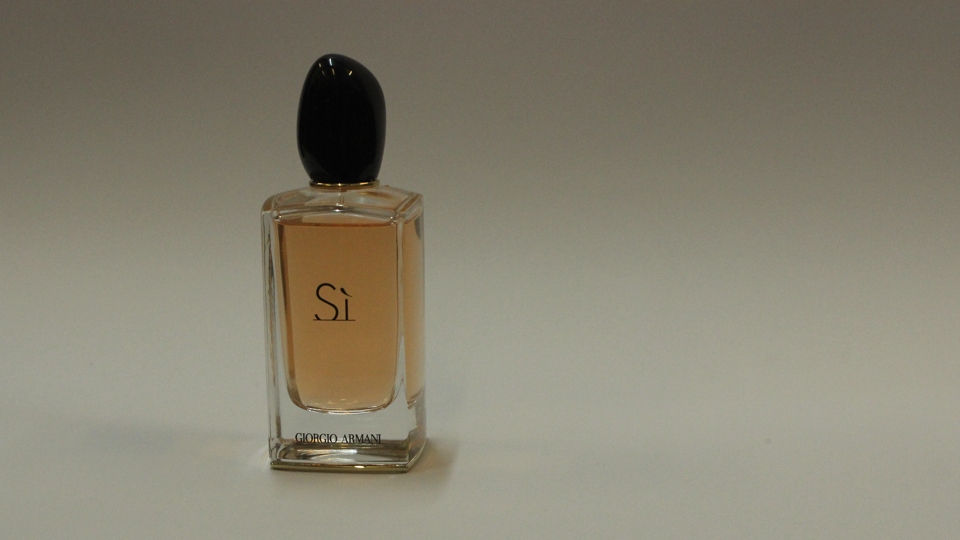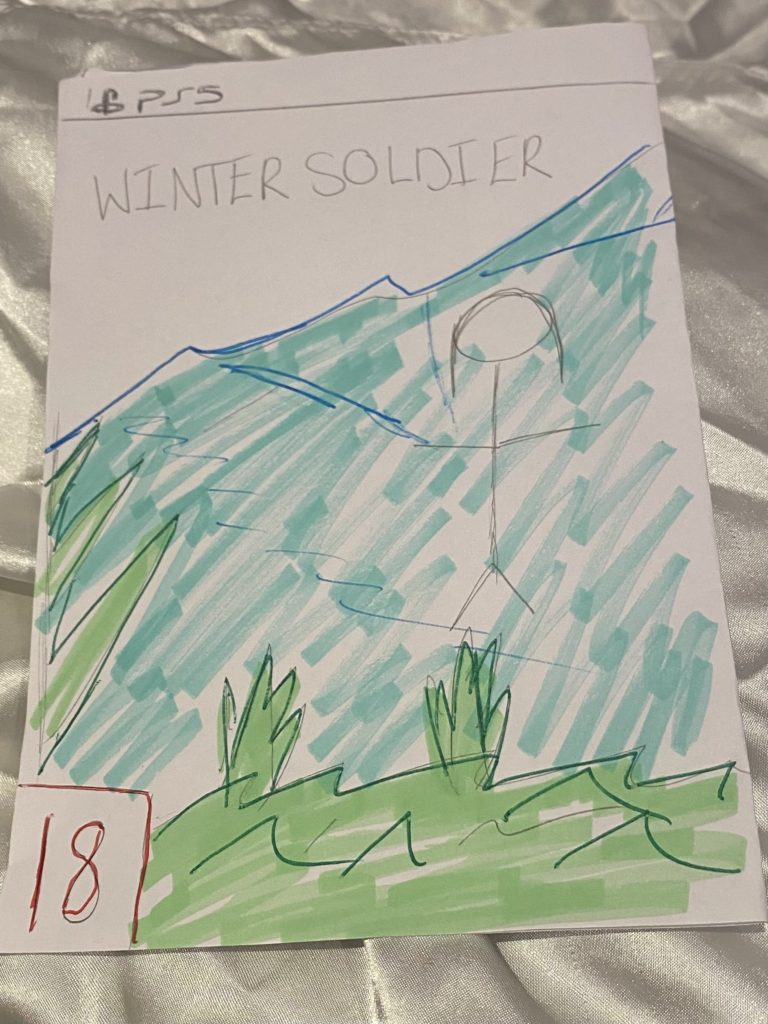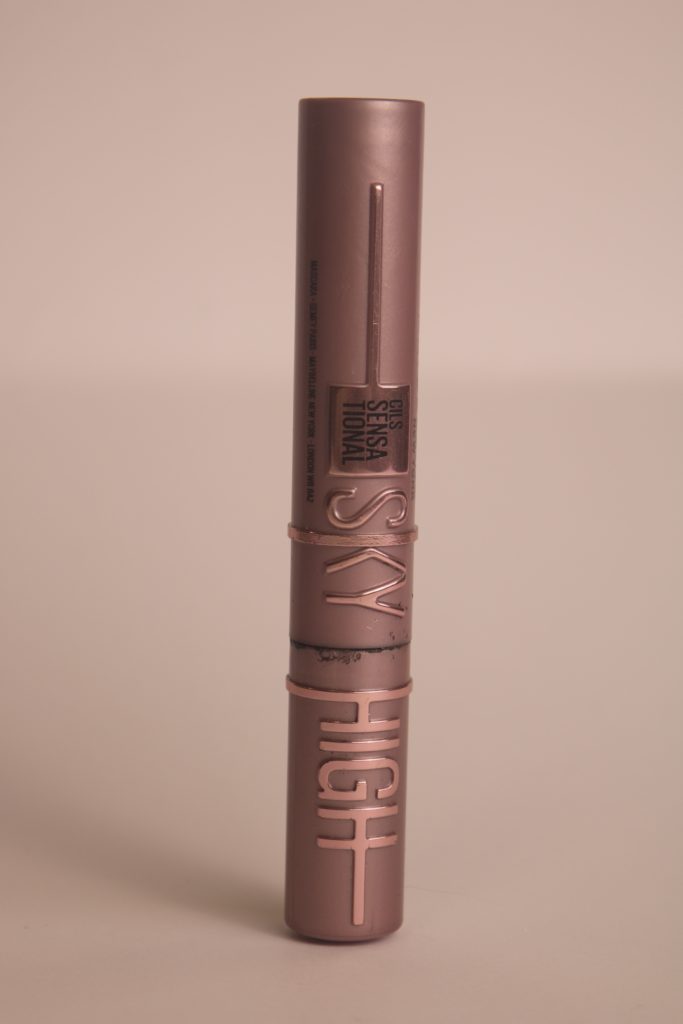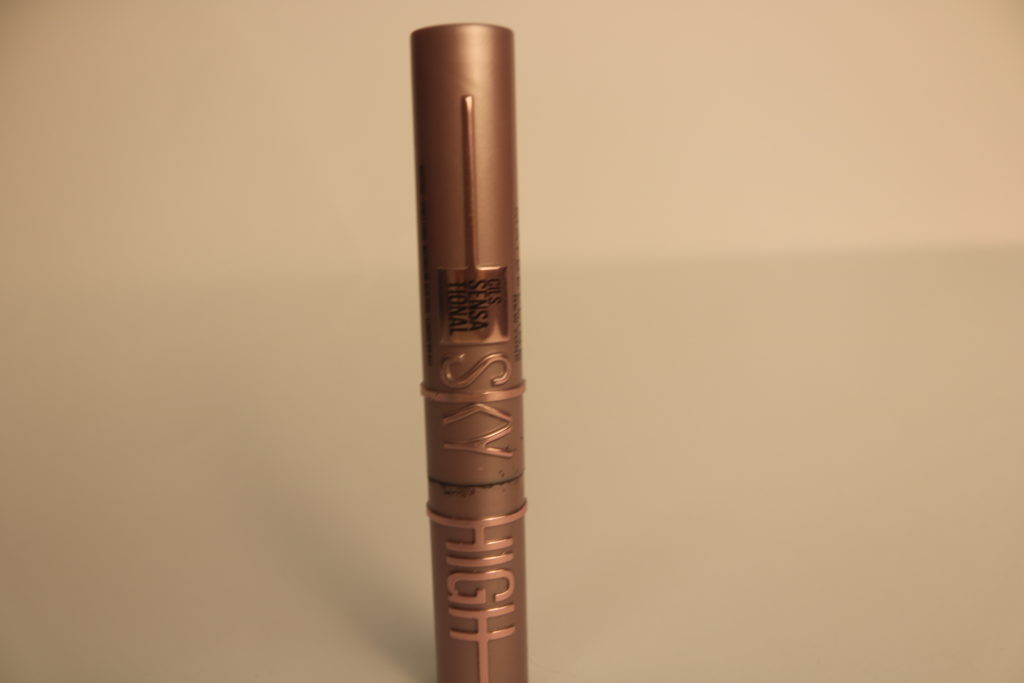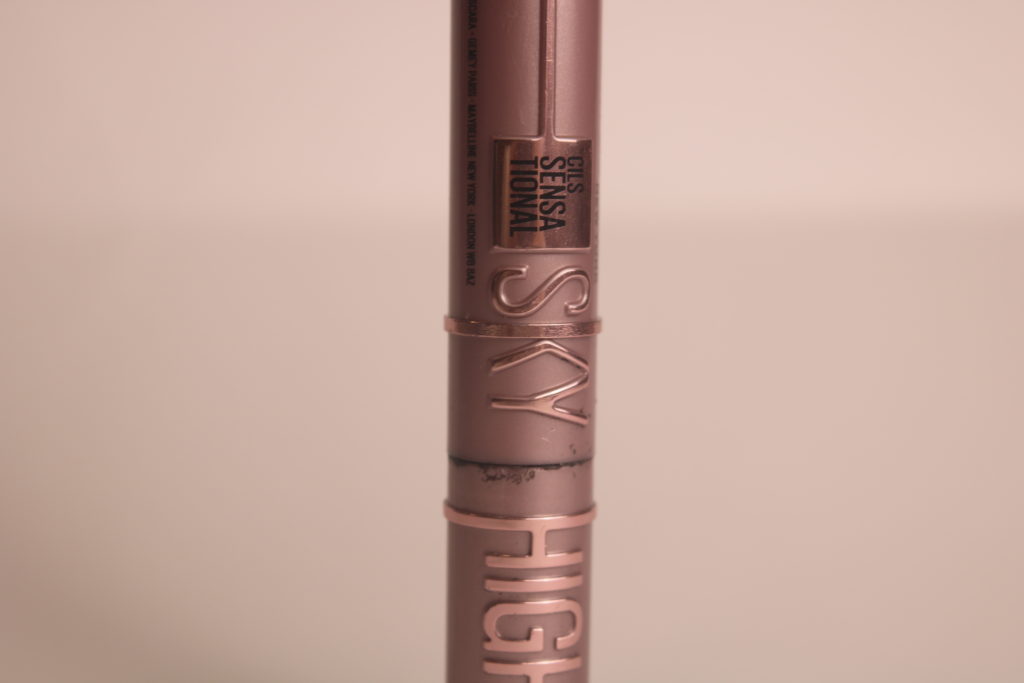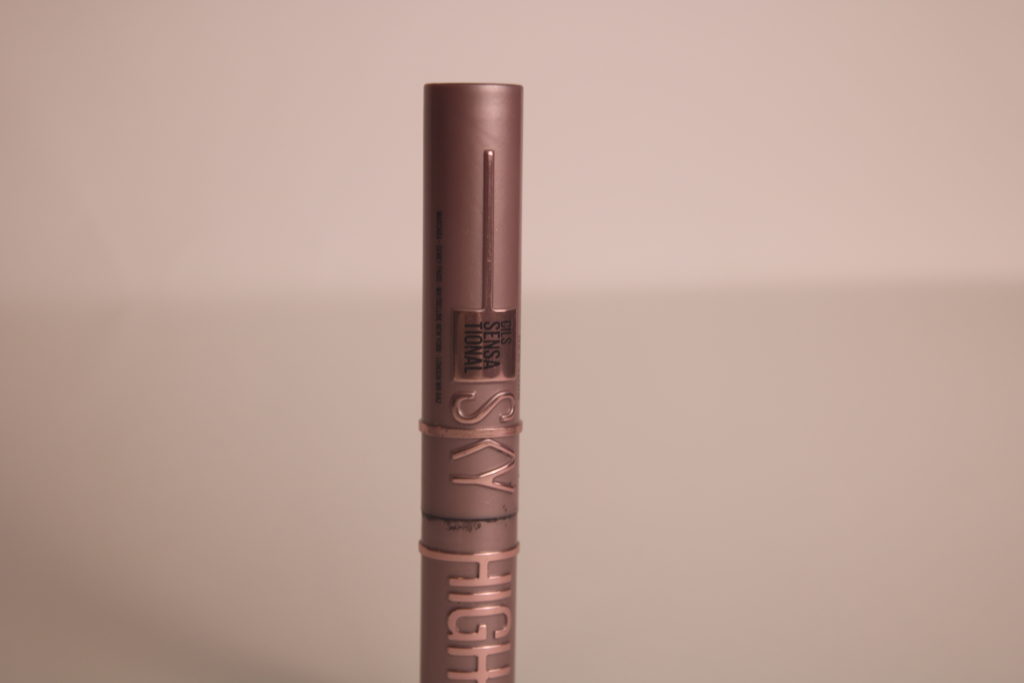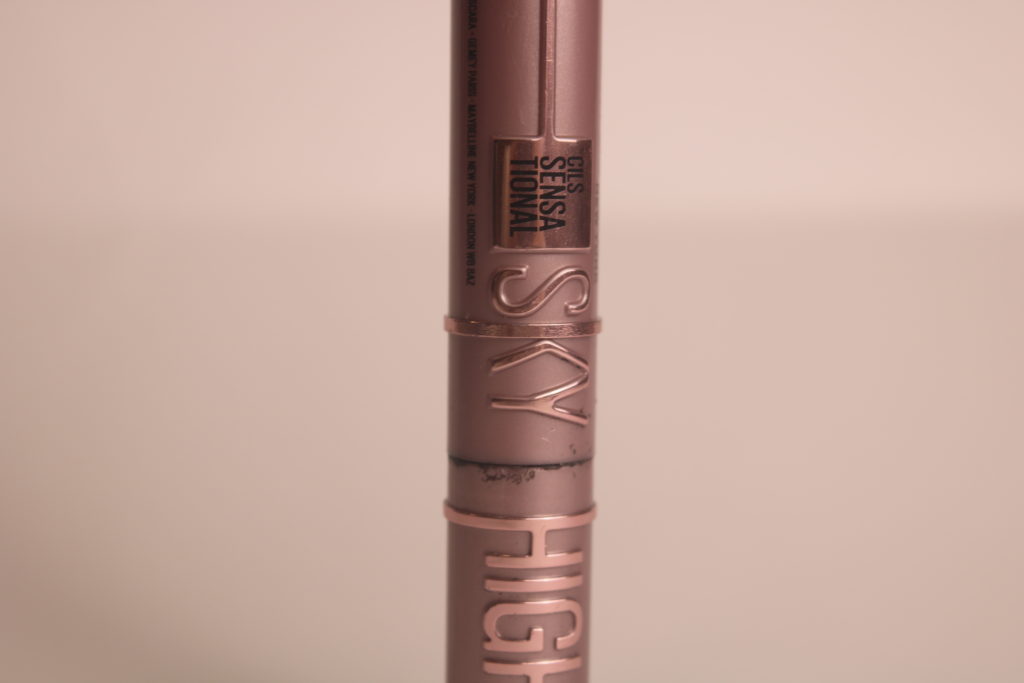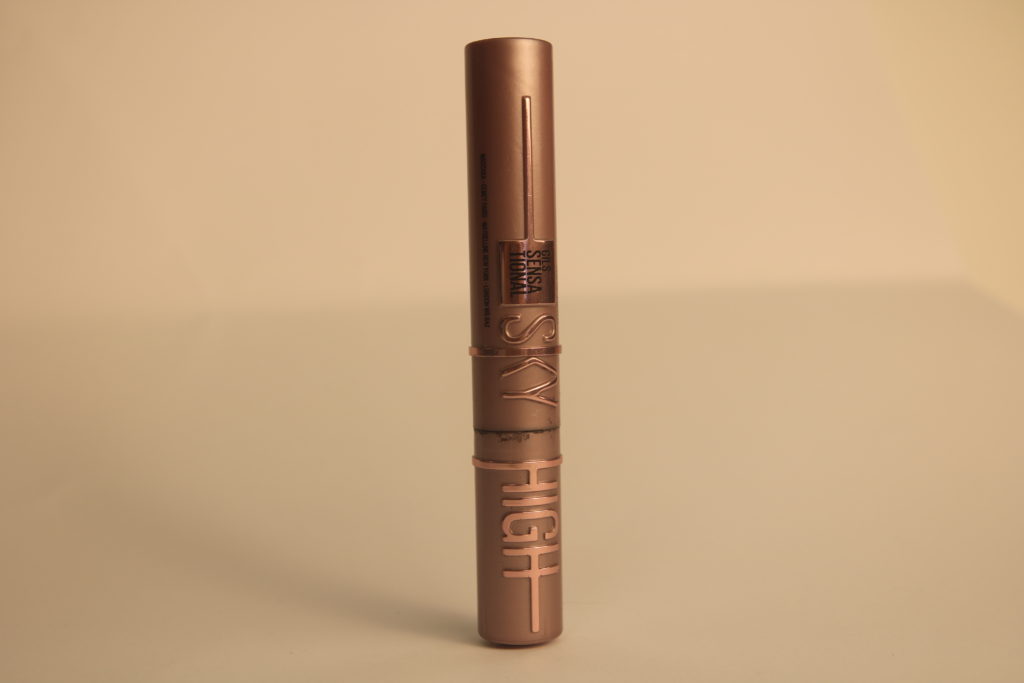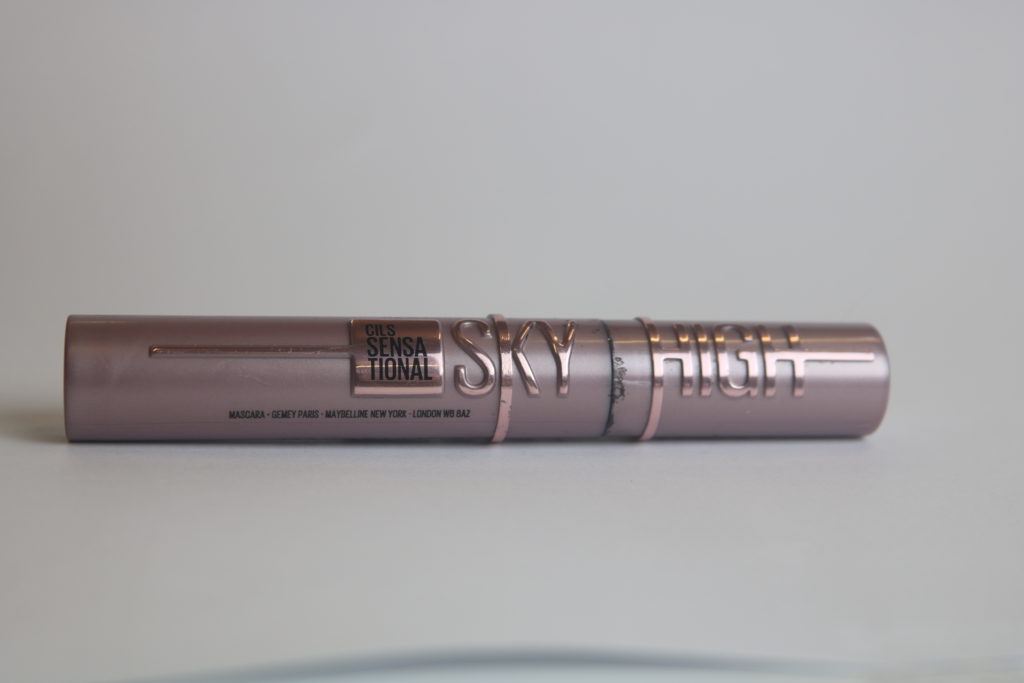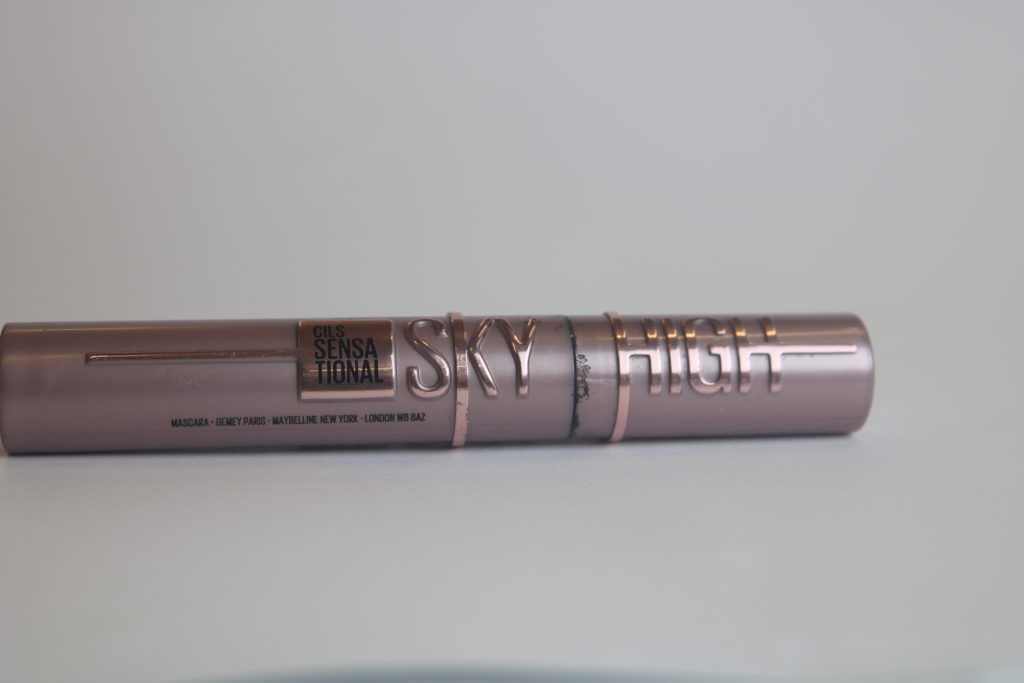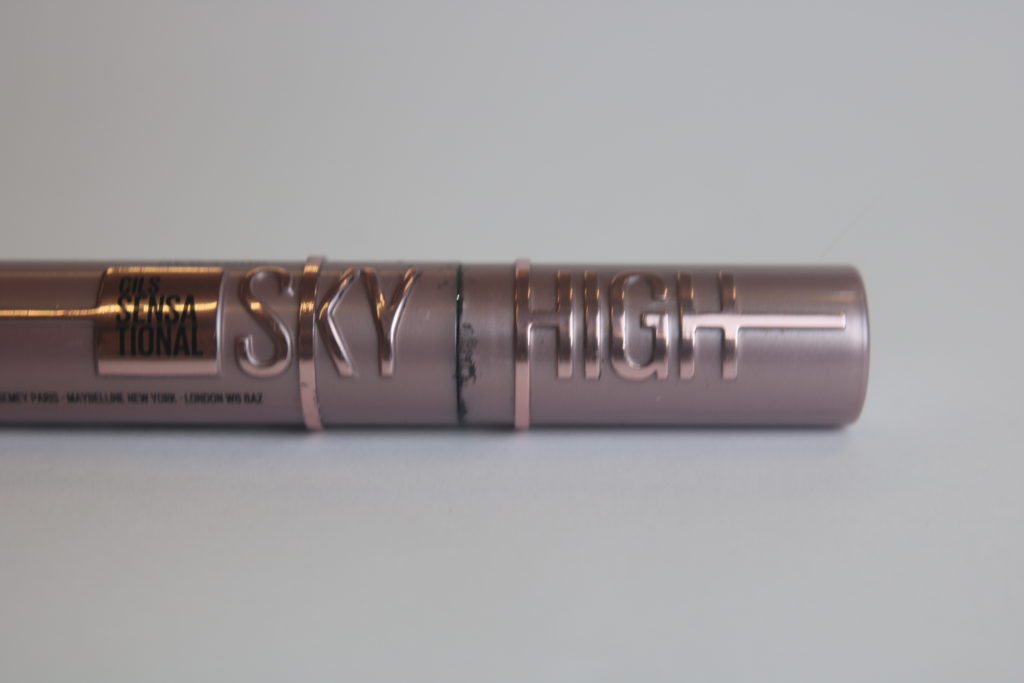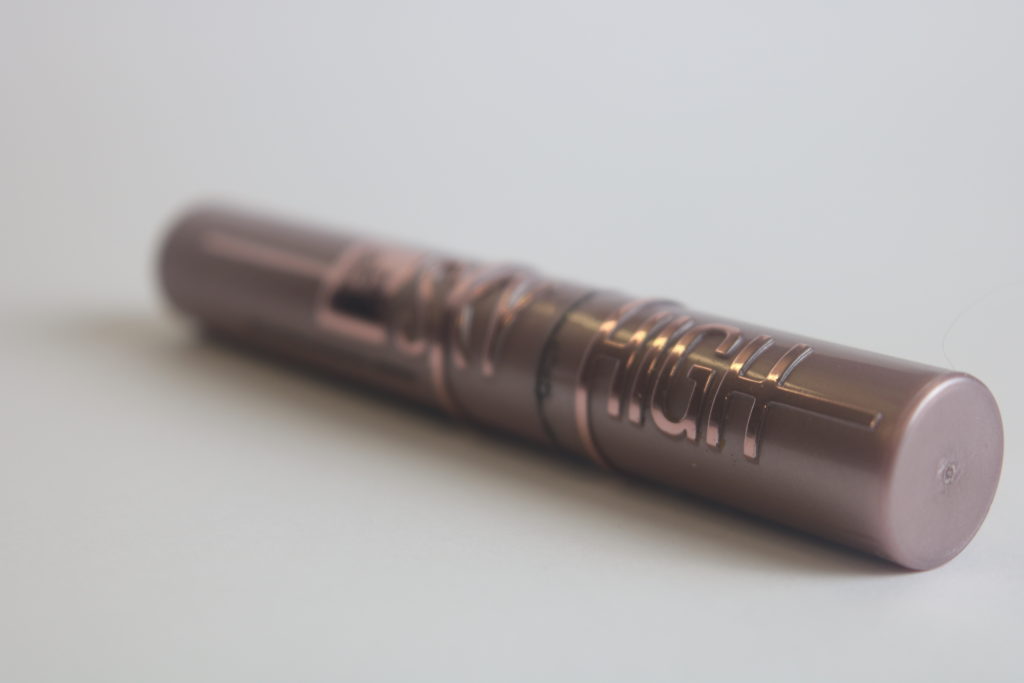My aim is going to be to create two contrasting (one reactionary, one radical) advertisements to promote a Molton Brown body wash product. The two styles of advertisements will portray varying representations. I am going to try and replicate something that would be shown in a print magazine. The style model I am going to attempt to recreate is a Revlon Research Flex Formula advertisement for a hair product that was shown during the 80s. To do this, there will be a few things that must be included in my advertisements.
The main component of my advert will be a dominant signifier including the hands of my model and the product being spilt over them. I am aiming to have no harsh joints/lines between the images that I will insert during post-production to have a softer looking advertisement in general. For the reactionary advert, these images will be kept in colour with slight editing to the colour tints and textures. This will be done using Adobe Lightroom software accessible via the school computers. This will help match the Head and Shoulders style model as closely as possible. I am going to use a female model as this will create a reactionary response from the audience. This advert will be directed towards the Aspirer and Mainstreamer audience groups, with the target age group ranging from 10 and up. Either gender would be able to purchase and use the product, I just preferred to use a female model as one is used in my style model. The strapline will be: “The only wash you will ever need”, as it is similar to the original. This will present the idea that the model feels good about the way they smell and how their skin looks and feels.
For my radical advert, I am going to use both a male model and a female model. It will target the male audience only. I will do this by getting my models to pose in a position where the female is clinging to the male that men find attractive, accompanied with a strapline stating: “Drench your skin in the smell of health”, with accompanying text underneath explaining the benefits of using a Molton Brown product. Other features will include a small Molton Brown logo in either of the bottom corners and an image showing the products themselves.
Male Gaze, Dominant ideology, Audience Positioning, Counter-types, Patriarchy.
David Gauntlett – Collective. and constructed identity.

